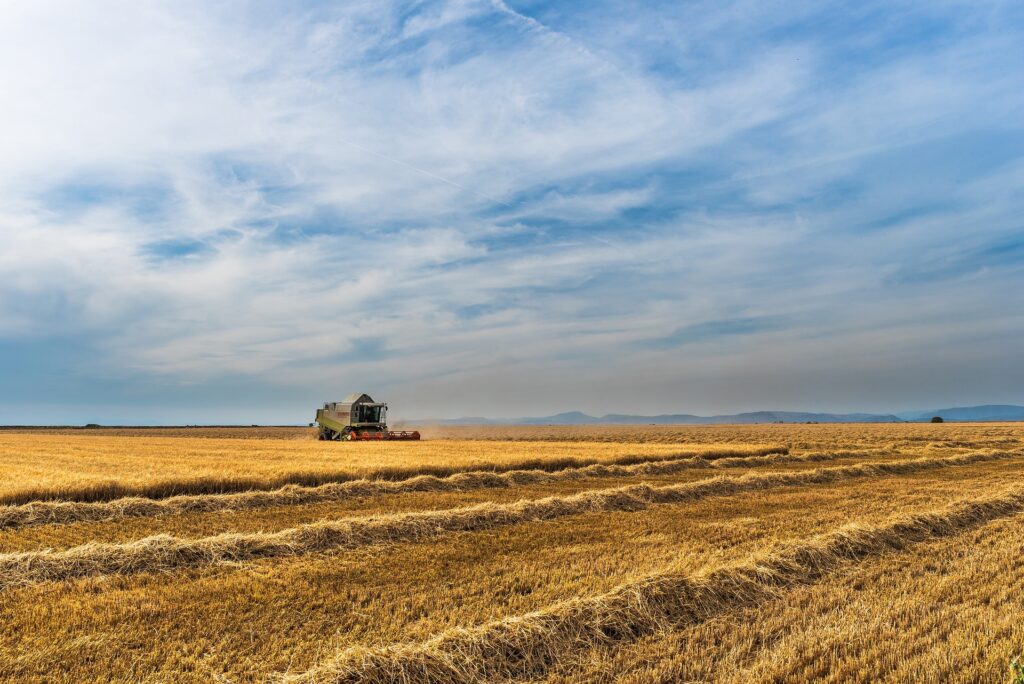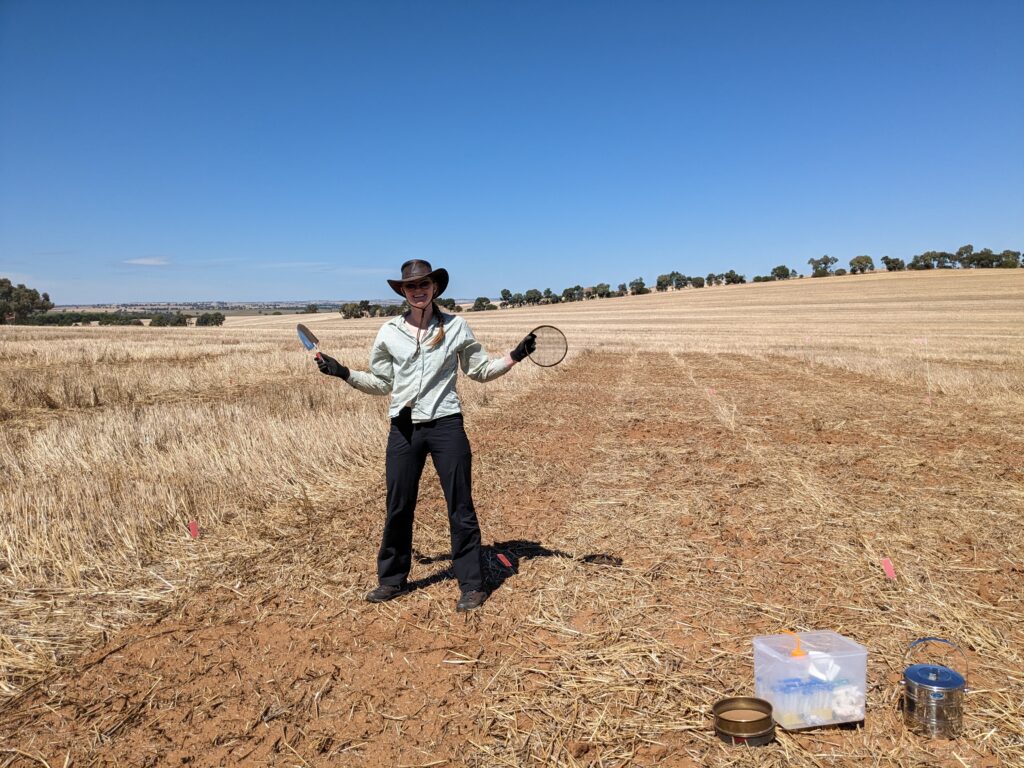Crop residue microbiome
Investigating the microbial processes underpinning degradation of crop residues to improve soil fertility and limit carry-over of stubble-borne disease.

Crop stubble. Credit – Jose Antonio Alba
Challenge
It is estimated that global agricultural soils have lost between 50-60% of historical soil carbon (Lal, 2004). This is not only concerning in light of climate change, but also in terms of maintaining healthy soil systems as soil organic carbon helps retain soil moisture and has a positive impact on crop productivity. Crop residues are the discarded parts of the crop after harvesting left in the field as seen in image on the right. Crop residues make up more than half of the world’s agricultural phytomass (Smil, 1999 ) and as the primary source material for formation of soil organic carbon. Therefore, crop residues offer enormous potential for increasing soil carbon stocks. The conversion of crop residues into soil organic carbon relies on the degradative activity of soil- and residue- associated microbial communities, a process that is yet to be comprehensively characterised.
Crop residues are managed in several different ways, including burning, tillage (where residues are incorporated into the top layer of soil), and no till (where residues are left standing). No till farming is advantageous in that it offers potential for increasing soil organic carbon, helps prevent erosion and loss of soil moisture. Unfortunately, retention of crop residues can also promote the carryover of crop diseases, such as the wheat pathogen Parastagonospora nodorum and the canola pathogen Leptosphaeria maculans. Finding ways to increase soil organic carbon via retention of crop residues, without increasing carryover of residue-borne disease is an area of great interest in agricultural research.
Our response
MOSH researchers will use multi-omic techniques to gain a better understanding of the microbial processes underpinning degradation of crop residues and subsequent sequestration of carbon in soils. Multi-omic techniques will enable researchers to gain insights into the structure (what microbes are there) and function (what are the microbes doing) of the microbiome associated with degrading crop residues. They will explore the impact that fungicide, fertilisers, and tillage have on the crop residue microbiome and identify the microbes that play a key role in sequestration of carbon in the soil and suppression of crop pathogens.
This foundational knowledge could lead to improved crop residue management practices or the development of designer microbiomes that promote the proliferation of specific microbial community members efficient at sequestering carbon in soils and suppressing residue-borne diseases.

Dr Katia Taylor investigating crop residue at the field site in Monteagle in NSW, Australia
The team
Dr Katia Taylor – Postdoctoral Fellow
Dr Simon Law – Research scientist
Dr Luke Barrett – Research scientist
